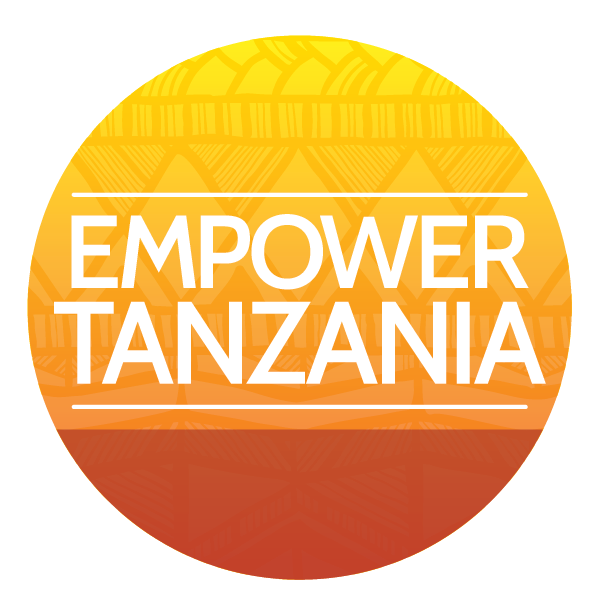Nanny Project - Phase 1 Complete
Goats breed like rabbits! NOW what do we do!?!
You can’t even imagine our excitement over the most recent visit to the Nanny Project in Hedaru! It has been a year since we sent our farmers to Tengeru Agriculture College for an education in animal husbandry, and then purchased the first goats for 12 farmers.
Phase One was all about learning to keep these new high-end dairy goats, learning to find food for them in the extreme drought conditions that exist in much of Tanzania, and figuring out how to keep them healthy and reproducing. Of course, the question that has been on everyone’s mind, is “was it worth it?”. ETI, funded by partner St. Andrew’s Lutheran Church in Ames, IA, invested over $12,000 into 15 farmers, and THE FARMERS invested almost $300 each to build pens. These animals take more care than simply sending them out to graze with a 10-year old boy, and as anyone who has worked with farmers knows, it’s not easy to change the way things are done. “But we’ve always done it that way” is a universal theme, and our farmers had to be innovators and willing to think in a whole new way.
Niatiwe’s story pretty much sums up what is possible, however, when you have a farmer with initiative and a willingness to learn. She started with two goats, and today, has 7 goats, the first set of twins in the project, and has expanded her farm to meat goats. She raises the meat goats the same way she does her dairy goats, and breeds her male dairy goat with them to improve the quality of the meat goats.
Niatiwe has also expanded into gardening, and is looking for alternative crops, like garlic, that sell for a very high price in the market. She has only about 1/2 acre of land, but she has dreams of expanding into every inch of it, and finding ways to make it produce.
When we interviewed Niatiwe, she agreed that it is difficult during the drought. They must travel great distances to find the food for the animals, or buy food, which pretty much takes all the profit from selling the milk. They are experimenting with ways to overcome this challenge. Nearby farmer Tunzo Simon has built a raised “hay rack” where he stockpiled grasses and corn silage when the weather was good, and they were available. Now, when prices are high, he has a lot to feed his goats.
Another idea is to purchase a small motorcycle between 5 nearby farmers, and share it so that they can use it to go gather grasses in the mountains or near the river during the dry season. Because these farmers have been working together from the beginning, they continue to brainstorm ideas together to address the challenges, and are coming up with some remarkably creative solutions!
After sharing the challenges with us, we asked the obvious question….”has it been worth it?” Niatiwe burst out laughing! “Of course it has!” she answered. “My children drink milk every day and are healthy. I had to move my raised bed over here, because I am building a new latrine. I have painted the inside of my house, and now I am putting new plaster and paint on the outside, and in just a few months, I will pay for the confirmation of my oldest daughter. All of this is because of my goats.”
Niatiwe is living the dream we hoped for when we began this project, and we are excited to move on to phase two. Right now, most of the farmers are consuming about 1/2 ltr per day of their milk, and selling a few litres at around $.75 per liter. That means they are earning about a dollar a day from their small herds, once you figure in the cost of feed and vet care.
$1 a day? Is that enough?
Well, if you consider that statistically, the average income in this part of Tanzania is about a dollar a day, then yes, for a first year project, that is enough. They have doubled their annual income at that rate, and the herds are growing well, so it will only get better from here.
Yes, I think we can say it has been a huge success!
Phase Two will begin in January, focused on learning more business and marketing skills, and gathering data to support the stories we are seeing. Stay tuned!
